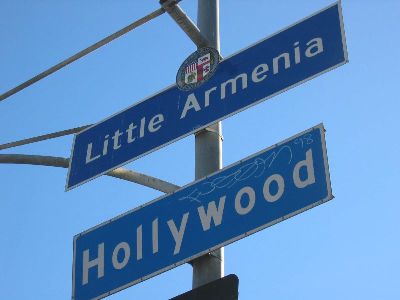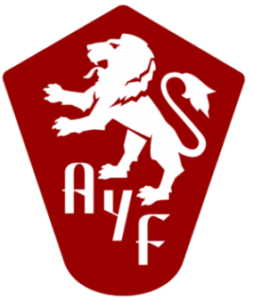‘New’ Diaspora / ‘Old’ Diaspora: Salvation Lies in the Power of Unity
 For countless centuries Armenia’s have migrated to various parts of the world, seeking a safer environment to conduct business and live their lives in relative peace. Especially after the collapse of the last Armenian kingdom in Greater Armenia, Armenia’s were left defenseless against barbaric hordes that ravaged our country and forced thousands to seek refuge in foreign lands. The 20th century in particular was unmerciful for the Armenians, when one million and a half million Armenians were massacred by the Turks and the rest left to wander to distant corners of the world.
For countless centuries Armenia’s have migrated to various parts of the world, seeking a safer environment to conduct business and live their lives in relative peace. Especially after the collapse of the last Armenian kingdom in Greater Armenia, Armenia’s were left defenseless against barbaric hordes that ravaged our country and forced thousands to seek refuge in foreign lands. The 20th century in particular was unmerciful for the Armenians, when one million and a half million Armenians were massacred by the Turks and the rest left to wander to distant corners of the world.
We are all aware of the Diaspora communities that formed as a result of the Genocide, as most of us can trace our roots back to Western Armenia along with the migration of our surviving relatives to countries like Iran, Lebanon, France, Argentina, etc. These communities have since flourished, and many Armenians have rooted themselves in all aspects of life in those countries. Many have preserved their culture, language and family name, by interacting with fellow Armenians through community and social organizations.
Although these developments tend to be associated with the ‘traditional’ Armenian Diaspora communities, my interest here is to focus on the newer generation of migrants from Armenia.
Armenians from Soviet Armenia began immigrating to the West as early as the 70’s. Larger waves of migrants followed soon after in the 80s and 90s. For example, between 1980 and 1988 it is estimated that 112,000 people emigrated out of Armenia. From 1991 to 1996, another 667,000 Armenians, 18 percent of the population, left the homeland. A large number found themselves in places such as the United States, one of the traditional Armenian Diaspora communities.1
For the older communities, Armenians from Armenia seemed different, speaking a different dialect and having mannerisms almost alien to them. As wave after wave moved to various parts of Europe, and the Americas, we witnessed some resistance from the traditional communities towards the recent immigrants. Communication was the major barrier, as the older communities adapted words from the host country whereas the Armenians from Armenia, under Russian influence, frequently utilized Russian words. For instance, the word tomato for an Armenian from Armenia is a “pamidor”-Russian, and for a western Armenian, a cart is an “araba”- Arabic. Unfortunately, a host of minute problems such as these created rifts among the community, especially in the Los Angeles area.
While some may choose to focus on these trivial differences and seek to exacerbate stereotypes, it is important for us as a people to rise beyond these minor obstacles and take a practical look at the very serious challenges facing our nation. It is a fact that the majority of Armenias currently live abroad, making the imperative for us to unite in the Diaspora even more critical. We should acknowledge our commonalities and common interests as a people exiled to foreign lands. Given our situation, we simply cannot afford to be divided.
Furthermore, we should seek to utilize the advantages our position presents for our nation. Unlike other ethnicities, Armenians speak countless languages and have a keen understanding of the mindset of various cultures worldwide. These skills can help us build Armenia’s economy and political ambitions in today’s increasingly globalized community.
Let us look beyond the differences and realize that one type of Armenian is not superior to the other. We must embrace our differences and utilize all available resources to further our interests.
Speaking from my experience as an Armenian who moved from Armenia to Los Angeles in the early, I have accepted all Armenians as my equals and actively cooperated with all organizations–traditional Diasporan and the ‘new’ Armenians from Armenia–to push our cause forward. I would like to see all of us work more cooperatively in the future and pool our collective resources for our nation’s common interests.
The days of division and alienation within our community must come to an end if we want to see a strong and prosperous Armenia. We have several challenges to overcome as a nation and we cannot be hampered by petty, antiquated differences. We must embrace our commonalities and organize together, around our points of unity. This is the only way our people can move forward.
Sources:
1. Stephan H. Astourian, “Armenian Demography, the Homeland, and the Diaspora: Trends and Consequences,” in Bruneau Michel, Ioannis Hassiotis, Martine Hovanessian, and Claire Mouradian, eds. Arm?niens et Grecs en diaspora: approaches comparatives. Athens: ?cole fran?aise d’Ath?nes, 2007. p. 191-210.


Leave a Reply
Want to join the discussion?Feel free to contribute!